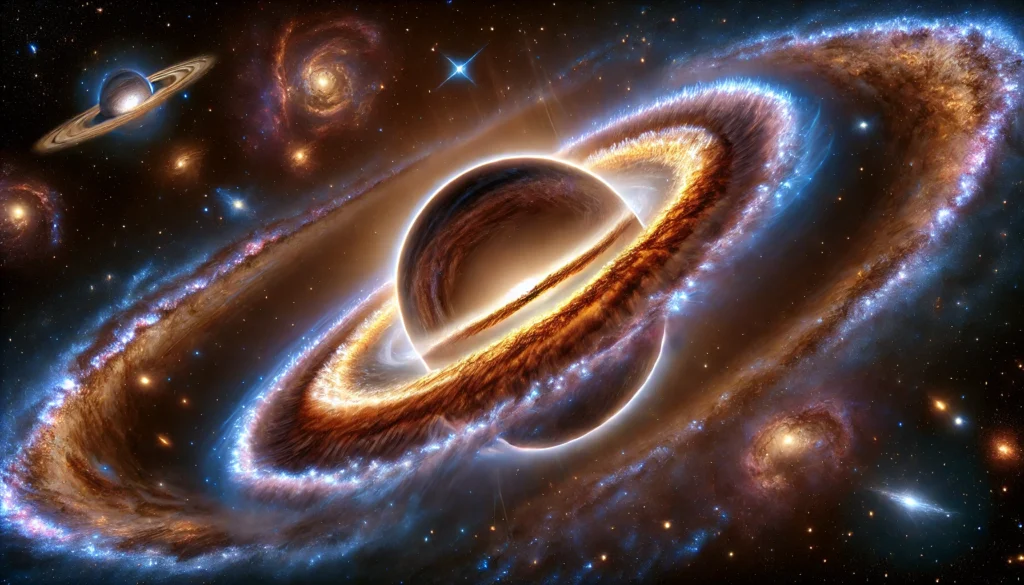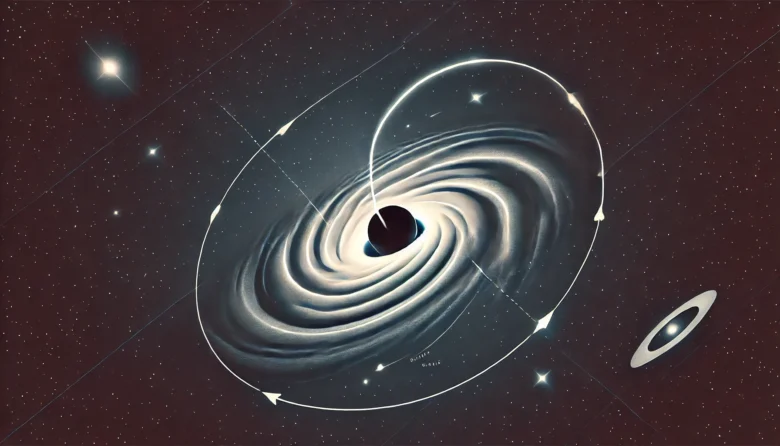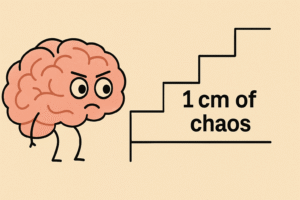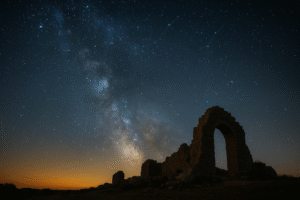Did you know that gravity can bend light like a giant cosmic magnifying glass? This mind-boggling phenomenon, known as an Einstein Ring, is a spectacular example of how the universe plays tricks on our eyes. Recently, the European Space Agency (ESA) unveiled a stunning image of an Einstein Ring captured by its Euclid space telescope, shedding new light—quite literally—on one of the most fascinating predictions of Albert Einstein’s General Theory of Relativity.
Imagine looking up at the night sky and seeing a perfect, glowing ring of light. No, it’s not a celestial halo or an alien portal—it’s an Einstein Ring, a rare occurrence where light from a distant galaxy is bent and magnified by the gravitational field of a massive object in front of it. But what does this mean for our understanding of the universe, and why should we care? Let’s dive into the science and the wonder behind this cosmic mirage.
What is an Einstein Ring?
An Einstein Ring is a phenomenon in which light from a faraway galaxy or star is bent by the gravity of a massive object, such as a black hole, galaxy, or dark matter. This creates a circular illusion of light that appears to wrap around the foreground object. Think of it like peering through the stem of a wine glass—light curves around the glass, creating a circular distortion of the background.
This bending of light is a key feature of gravitational lensing, a concept first predicted by Albert Einstein in his 1915 General Theory of Relativity. He proposed that gravity can warp space-time, causing light to follow a curved path instead of travelling in a straight line. When the alignment between the observer, the massive foreground object (lens), and the background light source is perfect, we get an almost flawless Einstein Ring.

Real-Life Example: The recently discovered Einstein Ring around galaxy NGC 6505, located about 590 million light-years away, is a textbook case of this phenomenon. The Euclid telescope, designed by the European Space Agency (ESA) to study dark matter and the structure of the universe, captured a breathtaking image of this cosmic spectacle in 2023.
Why Should We Study Einstein Rings?
Einstein Rings are not just pretty cosmic rings—they serve as powerful tools for understanding the universe. Here’s why they matter:
A Window into Dark Matter
Dark matter makes up about 85% of the universe, yet it remains one of the greatest mysteries in modern physics. Since dark matter doesn’t emit, absorb, or reflect light, we cannot observe it directly. However, its gravitational effects can be seen through phenomena like Einstein Rings.
Conor O’Riordan, a postdoctoral researcher at the Max Planck Institute for Astrophysics (a research institute in Germany dedicated to space sciences), explains that gravitational lensing allows scientists to measure the mass of dark matter, giving us indirect proof of its existence.
Magnifying the Distant Universe
Einstein Rings act as natural magnifying glasses, enhancing the brightness and resolution of distant galaxies. This helps astronomers observe objects that would otherwise be too faint to detect, giving us deeper insights into the early universe.
Testing General Relativity
Einstein’s General Theory of Relativity has stood the test of time, but scientists continue to test its predictions. The precise measurements of light bending in Einstein Rings allow researchers to confirm or challenge Einstein’s theories on a cosmic scale.
How Rare Are Einstein Rings?
Despite their stunning appearance, Einstein Rings are extremely rare. Scientists estimate that fewer than 1% of all galaxies exhibit this phenomenon. The reason? The alignment of the background light source, the gravitational lens (foreground object), and the observer (us) must be nearly perfect.
Additionally, observing these rings requires extremely powerful space telescopes. Instruments like the Hubble Space Telescope (NASA’s iconic observatory in low-Earth orbit) and Euclid (ESA’s mission to map the universe in high resolution) have played a crucial role in capturing these celestial wonders.
Can We See an Einstein Ring with the Naked Eye?
Unfortunately, no. Einstein Rings are so faint and distant that they can only be observed with advanced telescopes. However, organizations like NASA (National Aeronautics and Space Administration, the United States Space Agency) and ESA (European Space Agency, an intergovernmental organization focused on space exploration) regularly share images of Einstein Rings, making them accessible to the public.
If you want to explore these mesmerizing rings, you can check out online space archives or follow updates from telescopes like the James Webb Space Telescope (JWST), NASA’s most advanced infrared space telescope.
Conclusion: The Universe’s Optical Illusions
Einstein Rings remind us that space is full of surprises. They offer a fascinating glimpse into the effects of gravity, the mysteries of dark matter, and the vastness of the cosmos. As we develop more advanced telescopes, we may discover even more of these spectacular rings, helping us unlock the secrets of the universe.
Next time you look up at the night sky, remember that what you see might not always be what it seems. The universe is full of cosmic illusions, and who knows? Maybe one day, we’ll discover an Einstein Ring even closer to home.
Author’s Note
Space has always fascinated me, and Einstein Rings are one of those rare phenomena that make us question the very nature of reality. If you’re interested in space exploration and cosmic wonders, I’d love to hear your thoughts! Drop a comment below and share what excites you about the mysteries of the universe.
G.C., Ecosociosphere contributor.
References & Further Reading
- NASA’s Explanation of Gravitational Lensing: https://www.nasa.gov/gravitational-lensing
- ESA’s Euclid Mission: https://www.esa.int/euclid
- Einstein Theory of Relativity – MaPuPa. https://mapupa.com/einstein-theory-of-relativity/
- Chicago to host ICHEP conference Aug. 3-10. https://news.fnal.gov/2016/07/chicago-host-ichep-conference-august-3-10/
- Relativity’s Long String of Successful Predictions | Discover Magazine. https://www.discovermagazine.com/the-sciences/relativitys-long-string-of-successful-predictions





Comments
I was suggested this web site by my cousin Im not sure whether this post is written by him as no one else know such detailed about my trouble You are incredible Thanks
hentairead You’re so awesome! I don’t believe I have read a single thing like that before. So great to find someone with some original thoughts on this topic. Really.. thank you for starting this up. This website is something that is needed on the internet, someone with a little originality!
PrimeBiome Pretty! This has been a really wonderful post. Many thanks for providing these details.
Thank you for another fantastic article. Where else could anybody get that type of info in such a perfect way of writing? I have a presentation next week, and I’m on the look for such information.
Puraburn very informative articles or reviews at this time.